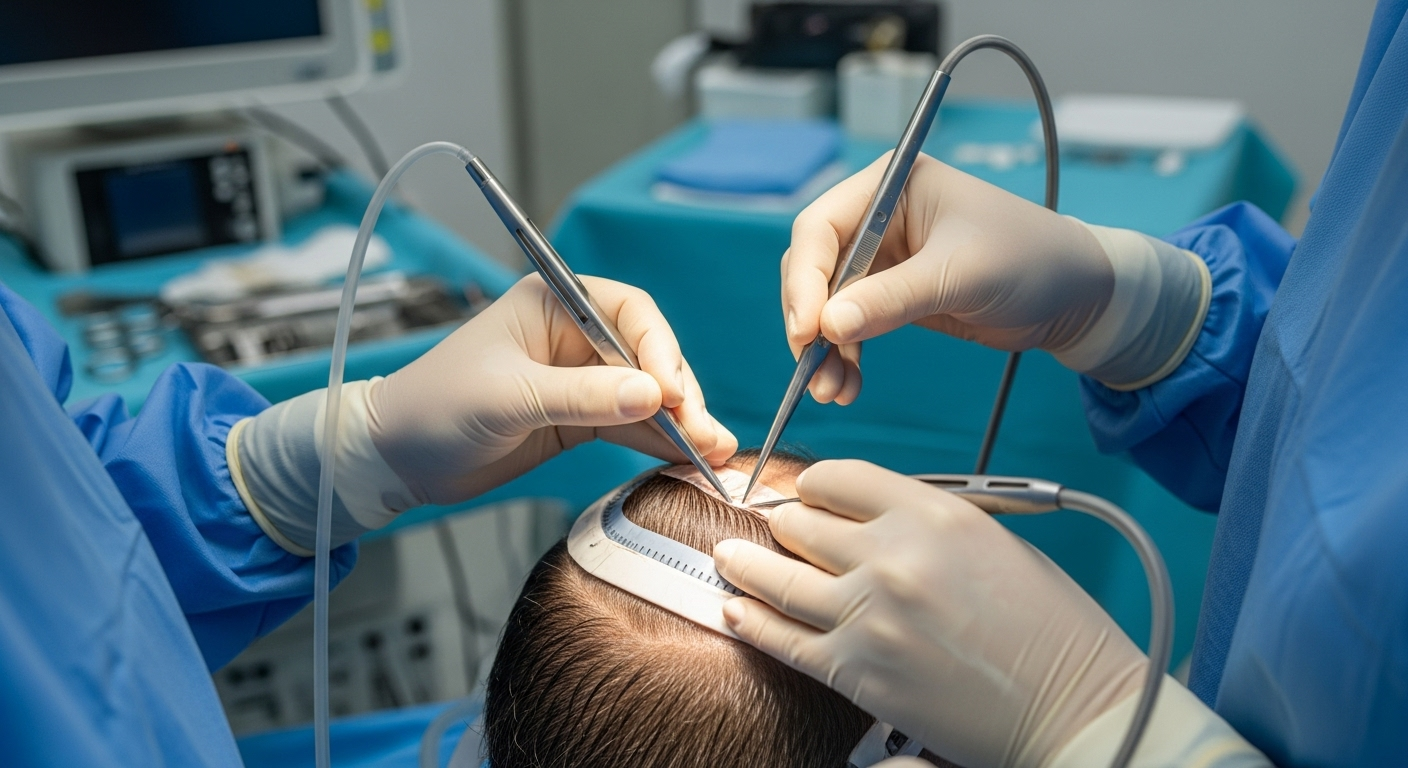Rhinoplasty Demystified: Your Guide to Nose Surgery
Discover a comprehensive, practical guide to rhinoplasty—covering cosmetic and functional nose surgery, surgical techniques (open vs closed), what recovery looks like, typical costs and insurance factors, and how to choose an experienced surgeon. Ideal for anyone considering nasal reshaping or breathing improvement.

Rhinoplasty Demystified: Your Guide to Nose Surgery
Rhinoplasty—commonly known as nose surgery—combines precise surgical technique with an aesthetic eye to change the nose’s appearance or restore proper airflow. Whether you’re pursuing cosmetic refinement or correcting breathing problems like a deviated septum, understanding the surgical options, recovery timeline, likely expenses, and how to select the right surgeon will help you plan wisely.
Surgical approaches: open vs closed
There are two principal methods surgeons use to perform rhinoplasty, each suited to different goals and anatomic needs.
Open rhinoplasty involves a small incision across the columella, the strip of skin between the nostrils. This gives the surgeon direct, unobstructed access to the nasal skeleton, making fine adjustments to the tip, structural grafting, or complex reconstructions simpler to perform. Surgeons often prefer the open technique for major changes, revision cases, or when visibility is crucial for predictable results.
Closed rhinoplasty is performed entirely through incisions inside the nostrils, leaving no visible external scar. Access is more limited than with the open method, so this approach is typically chosen for patients requiring moderate reshaping rather than extensive rebuilding. Closed rhinoplasty can lead to slightly shorter early recovery and potentially less initial swelling, but it requires considerable experience from the surgeon to achieve consistent outcomes.
The right technique for any individual depends on anatomical features, the extent of correction needed, and the surgeon’s assessment. A thorough preoperative consultation should clarify which approach will best meet your objectives.
What to expect during recovery
Healing after rhinoplasty is gradual and varies with the complexity of the surgery and personal healing differences. Most patients leave the operating room with a nasal splint or cast to protect and stabilize the new contours; this is commonly removed after about one week. Initial swelling and bruising around the nose and under the eyes are normal and usually diminish significantly within two weeks.
Many people feel well enough to return to light, nonstrenuous work after 10 to 14 days, though the nose continues to settle and small changes will occur over weeks and months. Activities that risk a blow to the nose, heavy lifting, or significant increases in blood pressure (such as intense exercise) should be avoided for several weeks as directed by your surgeon. Temporary numbness, minor congestion, and occasional irregular sensations are common during healing.
Final refinement of shape can take many months; in some patients the subtle, residual swelling deep within the tissues may take up to a year to resolve fully. Scheduled follow-up visits allow the surgical team to monitor healing and address any concerns promptly.
Costs and insurance: what to know
Rhinoplasty costs vary widely based on location, the surgeon’s expertise, facility fees, anesthesia, and whether the case is primary, a revision, or primarily functional. Cosmetic rhinoplasty is usually elective and paid out of pocket. If the goal of surgery is to correct breathing problems, relieve nasal obstruction, or repair trauma, insurance may cover part or all of the expense—though preauthorization, medical documentation, and clear justification are typically required.
| Procedure Type | Typical Cost Range | Additional Fees |
|---|---|---|
| Primary Rhinoplasty | $5,000 - $10,000 | $1,000 - $2,000 |
| Revision Rhinoplasty | $7,500 - $15,000 | $1,500 - $3,000 |
| Functional Rhinoplasty | $6,000 - $12,000 | $1,000 - $2,500 |
Cost information here reflects general industry figures and may change. Always verify current pricing and coverage with providers and insurers before making decisions.
Choosing the right clinic and surgeon
Selecting an experienced, well-qualified surgeon and a safe, accredited facility is central to a successful outcome. Look for board certification in plastic surgery or in otolaryngology (ENT) with demonstrated expertise in rhinoplasty. Review the surgeon’s portfolio of before-and-after photos, especially cases similar to your concerns, and inquire about complication and revision rates.
Patient reviews can provide insight into communication and care, but also ask direct questions during consultation: How many similar procedures have you performed? What are the realistic expected outcomes and possible trade-offs? What is the surgeon’s revision policy if results are unsatisfactory? Confirm that the operating facility meets recognized safety and accreditation standards and that anesthesia will be administered by a qualified professional.
Clear, honest communication and aligned expectations between patient and surgeon are critical. A reputable surgeon will explain risks, recovery demands, and how aesthetic changes might affect nasal function.
Final considerations
Rhinoplasty is a technically demanding procedure that requires careful planning, surgical skill, and patience during recovery. Results evolve over many months as swelling resolves and tissues soften. Costs vary considerably, and insurance coverage may be available for surgeries performed to restore function or correct structural defects. Choosing a board-certified, experienced surgeon and a reputable surgical facility will strongly influence both safety and satisfaction.
This article is for informational purposes only and should not be considered medical advice. Please consult a qualified healthcare professional for personalized guidance and treatment.






